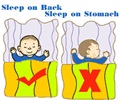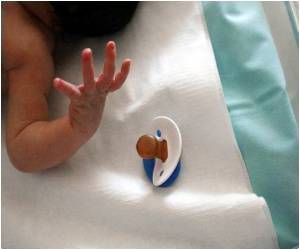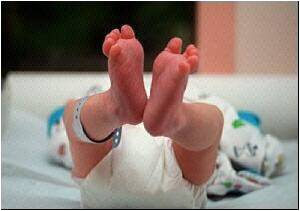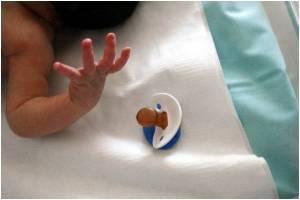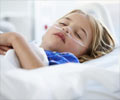Sleeping on their back is not the only risk factor to avoid in SIDS, rather all other risk factors should also be considered.
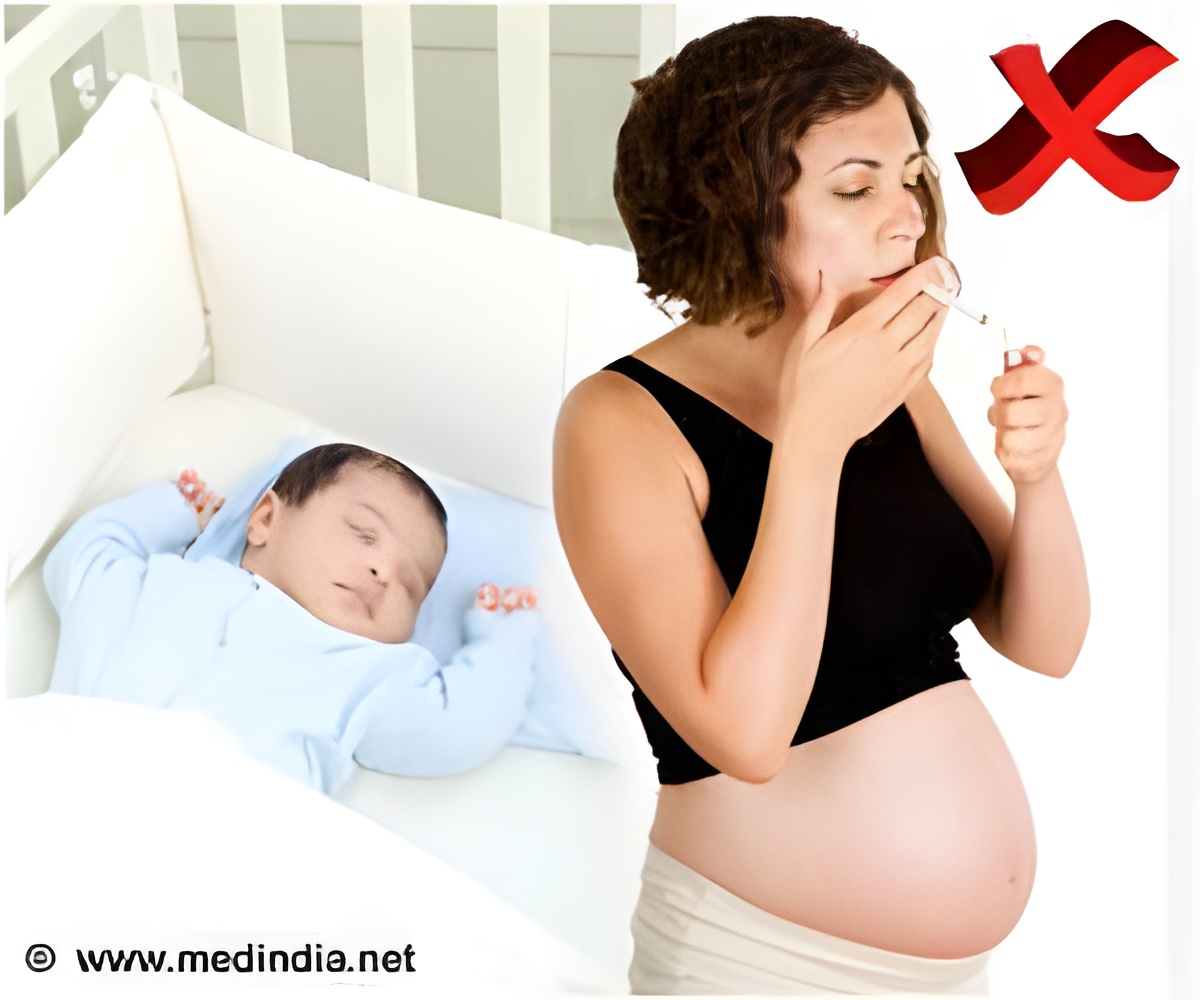
According to Dr. Henry F. Krous, a director of the San Diego SIDS Research Project at Rady Children’s Hospital and a professor of pathology at UC San Diego School of Medicine, “Bed-sharing and sleeping in an adult bed, maternal smoking during pregnancy and premature baby are among a baby’s other risk factors.”
From 1991 to 2008 researchers reviewed about 568 cases of sudden infant death syndrome in San Diego. They realized how the risk factors declined after a highly successful national Back-to-Sleep campaign that was initiated in 1994 which encouraged the caregivers to put their infants to sleep on their backs. This campaign was launched by the National Institute of Child Health and Development and resulted in reducing the number of SIDS cases to more than half.
Despite the success of Back-to-Sleep campaign, around 2,500 infants still die from SIDS every year across the nation causing a serious pediatric concern.
So a study was conducted with the objective to test whether occurrence of SIDS changed after the Back-to-Sleep campaign, as well as to document the multiple risks involved. The study, "Risk Factor Changes for Sudden Infant Death Syndrome after Initiation of Back-to-Sleep Campaign,” has been published in the journal Pediatrics.
This study revealed that despite the Back-to Sleep campaign in San Diego, 30 percent infants dying of sudden infant death syndrome were put to sleep on their stomachs. Dr. Henry F. Krous stated, “There’s still work to be done for health care providers to really educate parents before babies go home (from the hospital) and for parents to take all risk factors seriously and use safe sleeping practices.”
- Before the onset of the campaign around 85 percent of SIDS infants were placed on their stomachs. After the campaign, this number was considerably reduced to 30 percent.
- The percentage of SIDS cases found in adult bed amplified from 23 percent to 45 percent.
- However the percentage of SIDS babies with mothers smoking during pregnancy showed a decrease and went down from 42 percent to 39 percent.
Dr. Krous mentioned, “What we are emphasizing is that caregivers not focus on any one risk factor for Sudden Infant Death Syndrome but that they make a real effort to avoid all risk factors that can be controlled.” It is necessary to avoid the associated risk factors of SIDS such as stomach or side sleeping, sharing bed with adults, etc. There are also some environmental and genetic factors that enhance the susceptibility of SIDS.
According to the study, the rates of SIDS cases are higher in African American infants, premature infants and boys.
It was also found that a considerable number of SIDS cases had upper respiratory infections. However a significant decrease was noticed after the Back-to-Sleep (BTS) campaign. The percentage dropped from 47 percent to 24 percent.
The researchers concluded that ‘Although prone sleep alone is a large risk factor for SIDS, there is evidence that some risks generally appear in conjunction with other factors. Thus, if caretakers are unable to meet all ideal sleep conditions, meeting as many as possible will still be beneficial’.
Source: Risk Factor Changes for Sudden Infant Death Syndrome After Initiation of Back-to-Sleep Campaign; Felicia Trachtenberg et al; Pediatrics 2012
Source: Medindia

